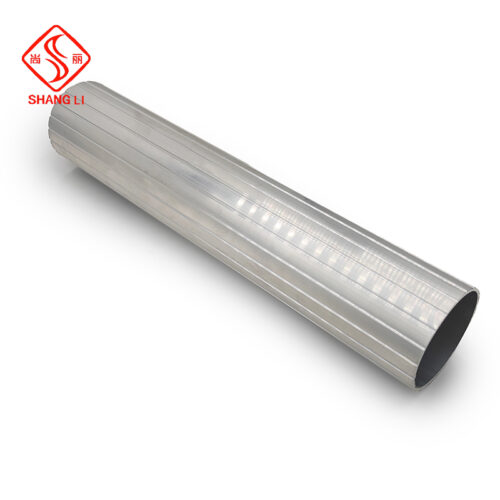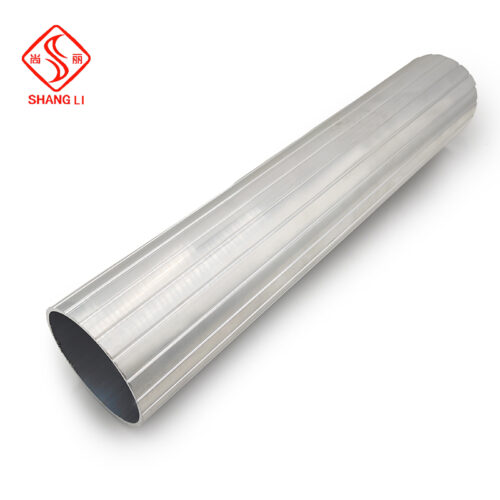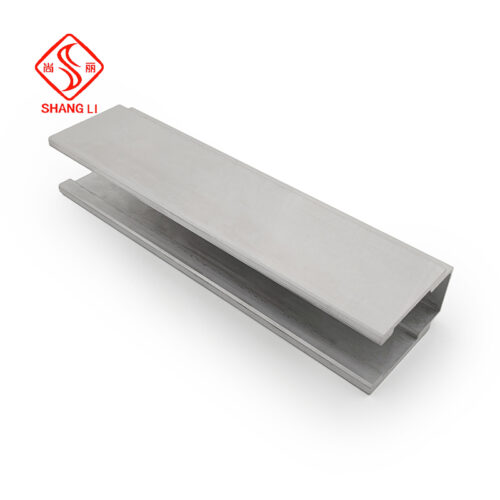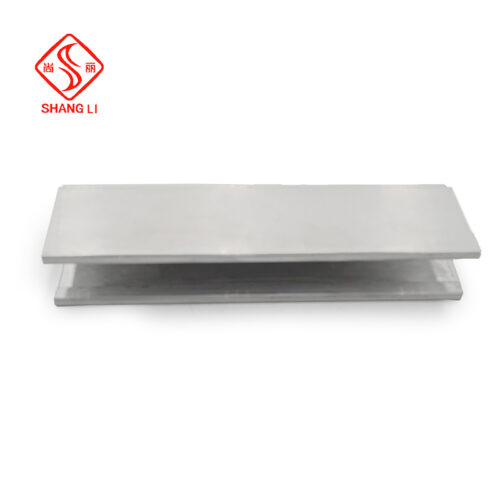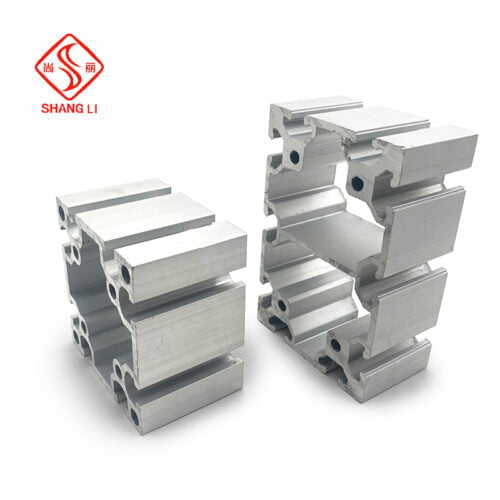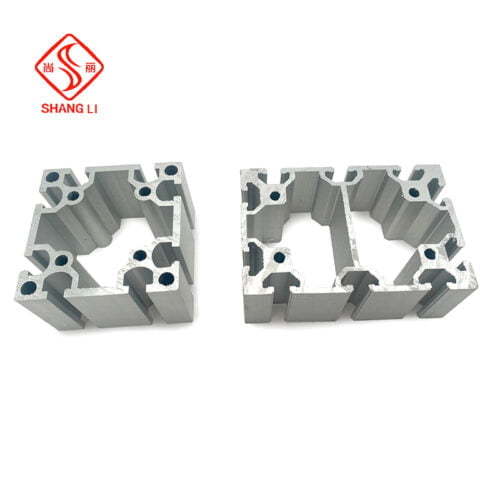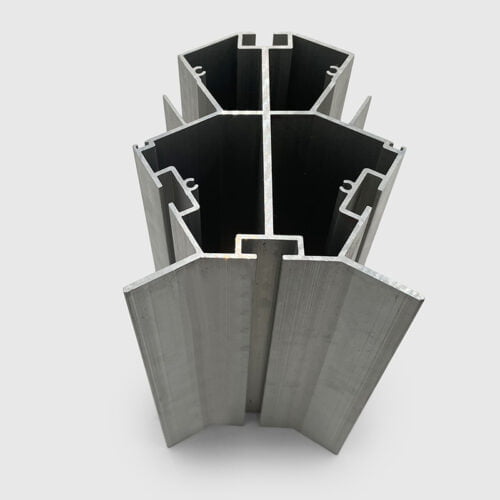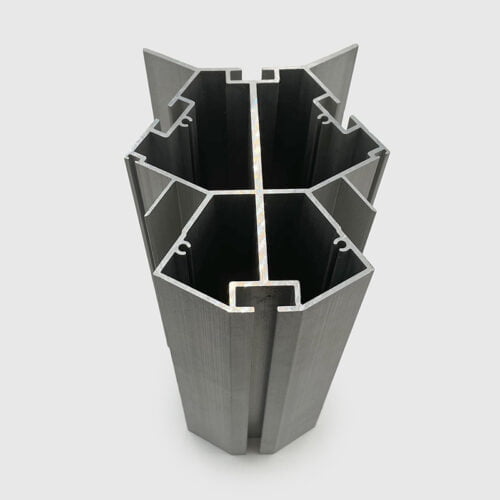aluminum extrusions
Amid global efforts to promote energy conservation, emissions reduction, and sustainable development, the new energy vehicle (NEV) industry is experiencing unprecedented growth. Data shows that from January to April 2025, China’s NEV production and sales reached 4.429 million and 4.3 million units respectively, surging 48.3% and 46.2% year-on-year, with penetration rising to 42.7%. This explosive growth has created vast opportunities across the NEV supply chain, particularly in the special-shaped aluminum extrusions market.
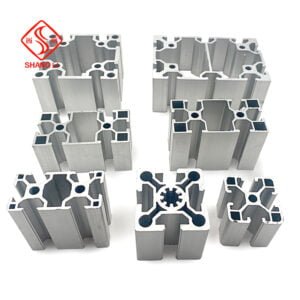
Lightweighting Imperative Drives Adoption
To extend range, reduce energy consumption, and enhance performance, NEVs urgently require lightweight materials. Aluminum alloys—with advantages including low density, high strength, and corrosion resistance—have become the material of choice. Special-shaped aluminum extrusions, as a critical application form, are widely used in key NEV components:
Battery pack enclosures: Providing robust protection while optimizing thermal management.
Crash beams: Ensuring collision safety while reducing weight.
Chassis structural parts, motor housings, and heat sinks.
Capacity Expansion: Strategic Response to Surging Demand
Facing skyrocketing demand, industry leaders are aggressively expanding production capabilities by 50%. Key initiatives include:
Advanced equipment: Importing high-tonnage extrusion presses with superior speed and pressure control to boost efficiency and quality.
Process innovation: Implementing optimized die designs and lubrication technologies to reduce material waste and equipment wear.
R&D investment: Partnering with universities to develop next-generation aluminum alloys and surface treatments for enhanced strength and corrosion resistance.

Future-Proofing for Sustained NEV Growth
This expansion transcends short-term demand fulfillment, positioning for long-term industry trends:
Policy tailwinds: Global carbon-reduction incentives (subsidies, tax breaks, charging infrastructure) will continue fueling NEV adoption.
Technological evolution: Battery and autonomous driving breakthroughs will further accelerate market penetration.
Cross-Industry Impact
The 50% capacity increase will ripple through the value chain:
NEV manufacturers: Secure supply for scaling production and enhancing vehicle performance.
Upstream suppliers: Boosted demand for aluminum alloys and raw materials.
Downstream partners: Lower procurement costs and improved production efficiency for parts suppliers and OEMs.
Conclusion: This strategic capacity expansion not only addresses immediate market needs but also lays the foundation for the NEV industry’s sustainable advancement. As special-shaped aluminum extrusions become increasingly pivotal in lightweighting, their role in propelling the NEV revolution—and the broader green transition—will only intensify



